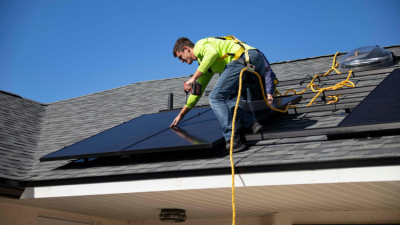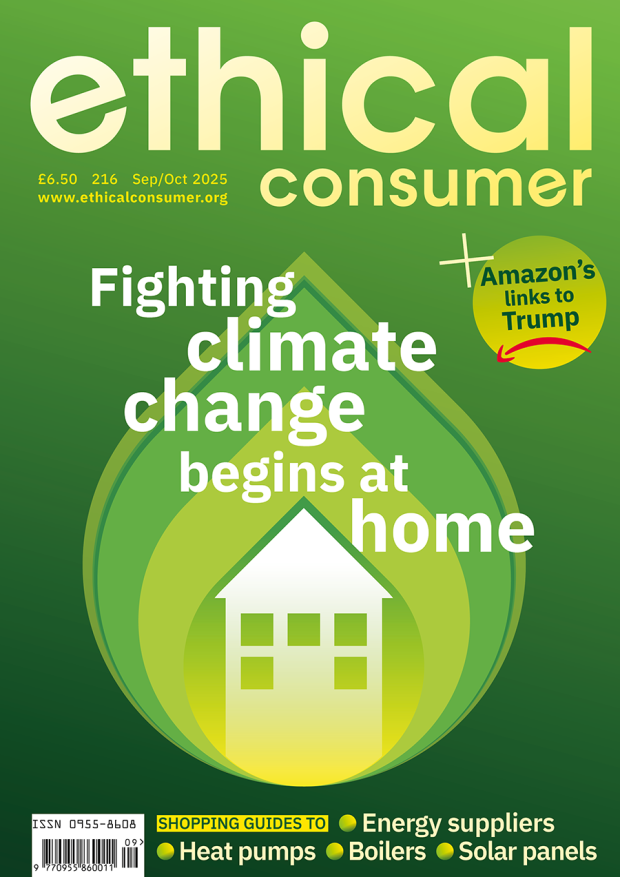This guide is about roof-installed, immovable solar panels for electricity generation, with ethical ratings for 19 solar panel brands.
Read on to learn about carbon payback time, the cost of solar panels and what they’re made of, and how to get the most value from them.
We also highlight how companies scored for their climate action and materials used, discuss the issues with batteries, and the widespread risk of forced labour in a key material for solar panels.
Finding ethical solar panels
While still not the norm, the sight of solar panels isn’t a novelty any more. With the ongoing high cost of electricity, the increasingly evident impact of climate breakdown, and forthcoming regulations making them mandatory for new homes (under the Future Homes Standard legislation in England, and equivalent in Scotland and Wales), solar panel installations are on the rise.
Which is great news given their importance for decarbonising our home energy.
Our Climate Gap report listed installing solar panels as the fifth most important thing consumers can do to make the highest carbon savings – behind ditching long haul flights and animal products, installing a heat pump and switching to an electric car.
Note, this guide is not about solar water heating (solar thermal), although we have a small section on this at the end of the guide.




